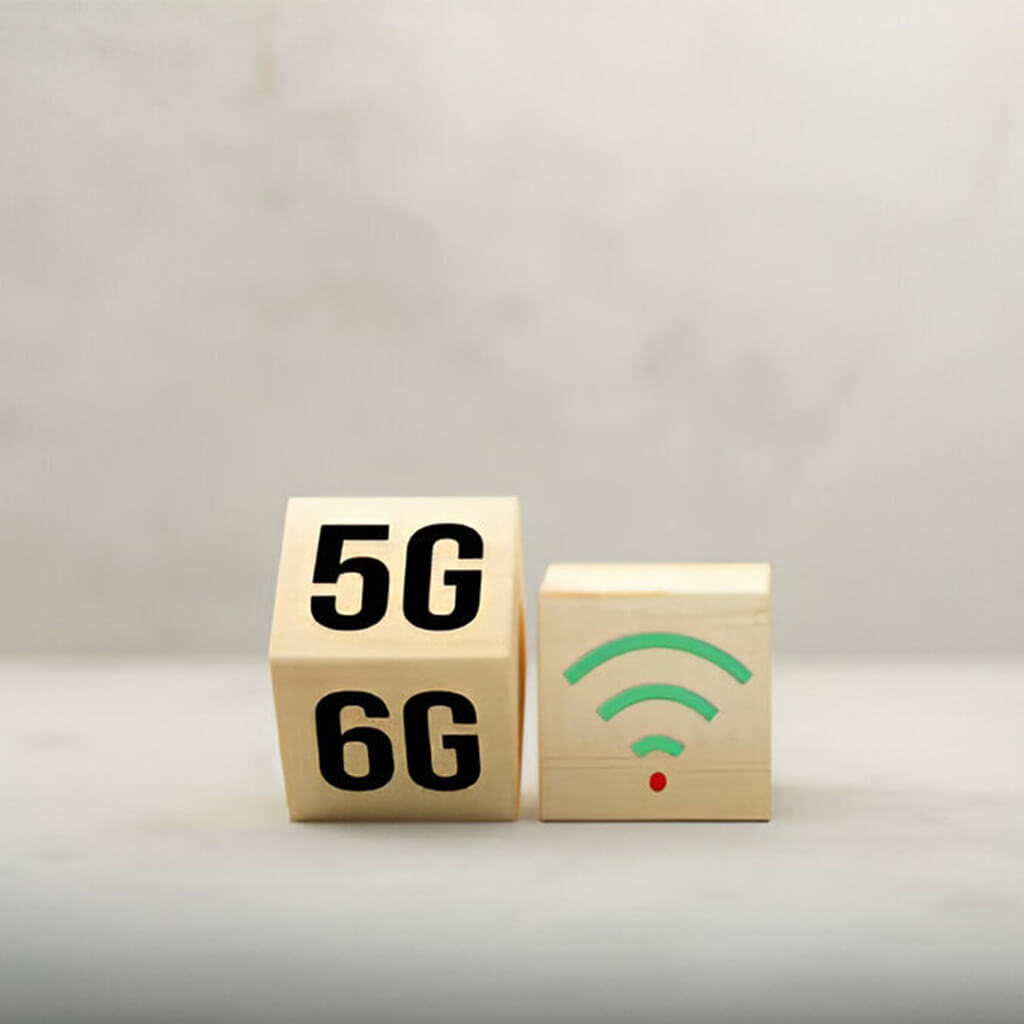While 5G technology is still being rolled out around the world, researchers and telecom companies are already working on the next generation of wireless networks, so-called 6G. 6G is expected to launch around 2030 and promises to be up to 100 times faster than 5G, with lag times reduced to one millisecond.
The potential applications of 6G are mind-boggling. It could enable virtual and augmented reality with photo-realistic graphics. Doctors may even be able to perform remote surgery with micrometer precision. Vehicles would have a constant data connection for navigation and communicating with smart cities. High-speed wireless connectivity could reach even the most remote locations on the planet.
What will 6G technology actually look like? It will likely utilize higher frequency bands, from 95 GHz up to 3 THz, compared to the mid-band and millimeter wave frequencies used by 5G. This could allow for faster data speeds and lower latency. 6G may also use more advanced antenna technologies like intelligent metamaterials that can dynamically direct signals.
6G networks are also expected to provide connectivity to many more devices at once. 5G can connect up to one million devices per square kilometer, but 6G may connect up to 100 million. This would enable massive machine-to-machine communications for applications like smart cities, industrial automation, and infrastructure monitoring.
While 6G could revolutionize connectivity, it also faces significant challenges. Transmitting data at extremely high frequencies requires line-of-sight connections, so signals can be easily blocked by obstacles. High-frequency signals also cannot travel as far as lower frequency signals, so many more cell sites would be needed for coverage. Developing 6G technology and infrastructure is also likely to require massive investments from both private companies and governments.
Security and privacy are other concerns with 6G. With billions of connected devices and a huge increase in data generation, 6G networks may be more vulnerable to cyber threats. There are also fears about how the huge amounts of data collected could be used to violate privacy. Regulations and policies will need to ensure data is kept private and secure.
6G is still quite a few years away, but researchers and telecom companies are already making progress toward this next frontier in wireless technology. While 5G is poised to transform our lives in the 2020s, 6G could bring even more radical changes to how we live and work in the 2030s and beyond. The future with 6G is an exciting prospect, but we must ensure this next technological leap is implemented responsibly and for the benefit of humanity.
